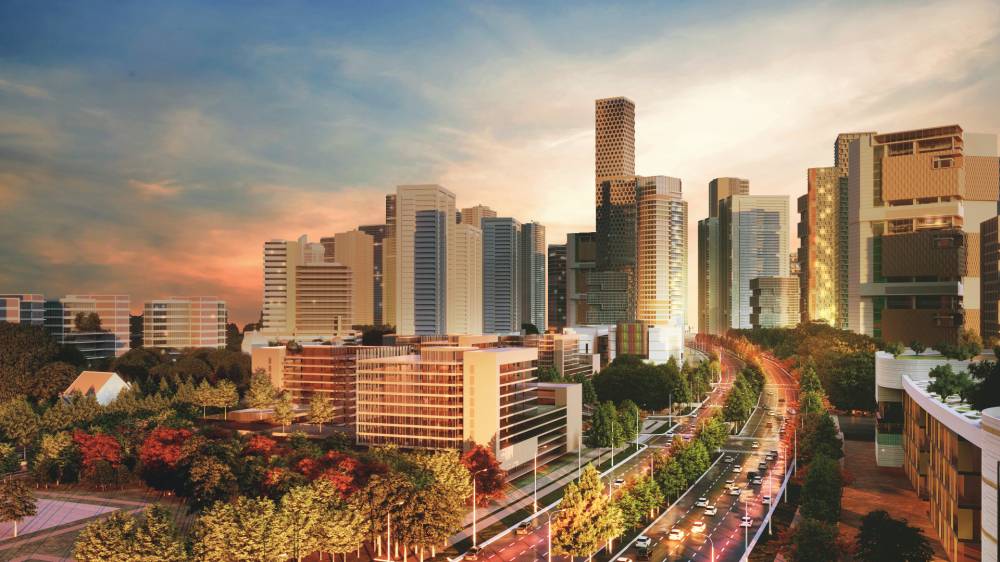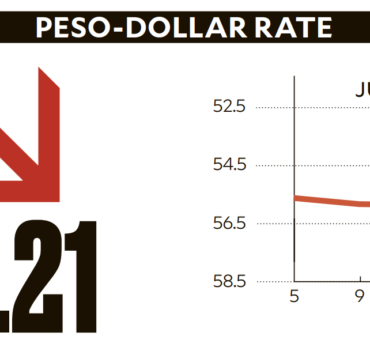New horizons of opportunities for PH property

Pandemic disruptions continue to reverberate across property segments.
Office vacancy in Metro Manila reached a record high level in Q1 2025 given the huge void left by Philippine offshore gaming operators (POGOs). There’s also a sizable number of unsold condominium units in Metro Manila, resulting in tempered launch of pre-selling units and aggressive offering of innovative payment terms. International arrivals are recovering but hotel occupancy has yet to revert to pre-pandemic level.
Shift to suburbia is meanwhile the new buzz phrase in the residential market. Developers, in an attempt to offset the tepid Metro Manila vertical market, have become proactive in launching and developing house and lot (H&L) and residential lot only projects outside the capital region. Developers are exploring new opportunities in emerging property hotspots.

Suburbia over Metro Manila
It is understandable why developers are aggressively expanding in areas outside Metro Manila, such as Central Luzon, Southern Luzon, Western Visayas, Central Visayas, and Davao Region—considered as property bright spots.
Southern Luzon, especially the Cavite-Laguna-Batangas (Calaba) corridor, remains as one of the most active and competitive property hubs. Latest Colliers Philippines data show that cumulative take-up of condominium units in the Calaba corridor stood between 76 percent and 87 percent, while those of H&L and residential lot only projects ranged from 92 percent to 97 percent.
The proliferation of residential hubs outside Metro Manila has been evident even pre-pandemic. But at the height of the crisis, developers appreciated the need to diversify geographically, supported by strategic landbanking.
In our view, this bodes well for the Philippine economy. The rise of more growth centers outside Metro Manila means more job opportunities and economic development beyond the capital region. This also indicates that the property sector’s growth is broad-based and not just focused on a single location.

Geographic and strategic diversification
Developers that are well-landbanked in thriving localities enjoy first-mover advantage in terms of geographic diversification. As we always note, developers need to pivot to stay afloat.
Overall, Colliers Philippines believes that developers will continue to venture into residential projects in second- and third-tier cities and municipalities, where demand comes from local end-users, as well as those based in Manila, but are looking to buy in their home provinces. The markets may be smaller compared to Metro Manila, but are more stable in terms of end-user demand.

Cavite: South Luzon’s property royalty
Over the past couple of decades, we have seen the aggressive launch of mixed-use communities in Cavite. This should raise property values here and compel developers to launch more upscale and luxury residential units.
Cavite is part of Region IV-A, one of the most dynamic and fastest growing regions in the Philippines. Latest data from the Philippine Statistics Authority show that the region’s economy grew by 5.2 percent in 2023, nearly the same pace as the national growth of 5.5 percent.
The Calabarzon Region also benefits from having a multi-skilled and highly qualified workforce, enabling South Luzon, especially Cavite, to reap the benefits of a demographic sweet spot. Given a young workforce with rising disposable incomes, it won’t be surprising to see these employees eventually fueling the demand for residential units in Cavite and Calaba corridor.

Calaba corridor’s dynamism
What also works well for the Calaba corridor is the presence of vital infrastructure projects such as the LRT-1 Cavite extension Phase 1 and the completion of big-ticket items like the South Luzon section of the North-South Commuter Railway.
Colliers is optimistic that the latter will be a game-changer especially once the cargo rail, which will complement the passenger rail, is built.
It’s the presence of these big-ticket public projects that will likely further spur the region’s viability as a major business and economic corridor.
As I previously highlighted, South Luzon is a hub for manufacturing operations. But its growing population and thriving purchasing capacity will be pivotal for the establishment of support and complementary businesses including restaurants, hospitals, warehouses, and academic centers.
This should raise the appetite for commercial lots in the region and support the corridor’s thriving economy.
For feedback, please email joey.bondoc@colliers.com
Prior to joining Colliers in March 2016, Joey worked as a Research Manager for a research and consutancy firm where he handled business, political, and macroeconomic analysis. He took part in a number of consultancy projects with multilateral agencies and provided research support and policy recommendations to key government officials and top executives of MNCs in the Philippines.


















